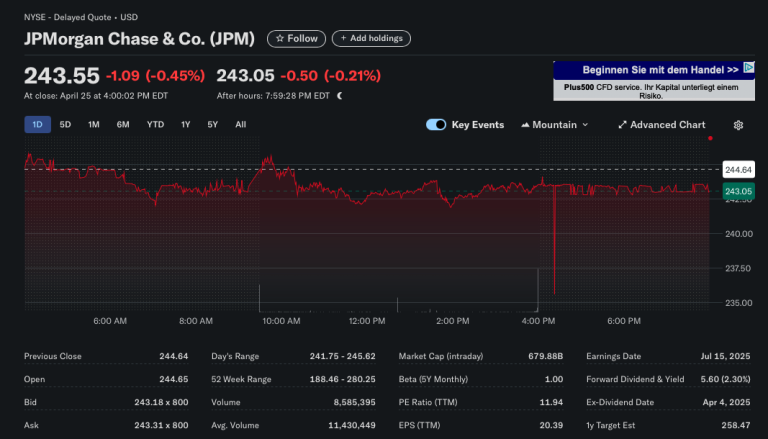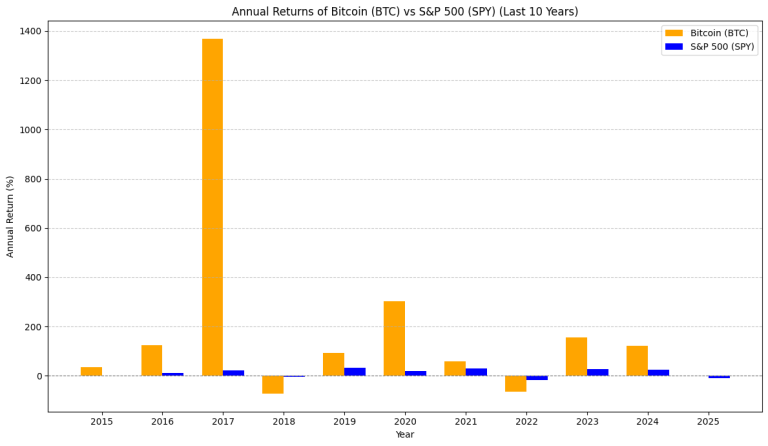1. Python for Fundamental Analysis: Calculate P/E Ratio with Python
Welcome to the inaugural post of our exciting series: Python for Finance! In this series, we’ll explore the powerful intersection of Python programming and financial analysis, specifically focusing on Fundamental Analysis. If you’ve ever wondered about the real value behind a stock price, beyond the daily market noise, then fundamental analysis is your toolkit. It’s the practice of evaluating…









